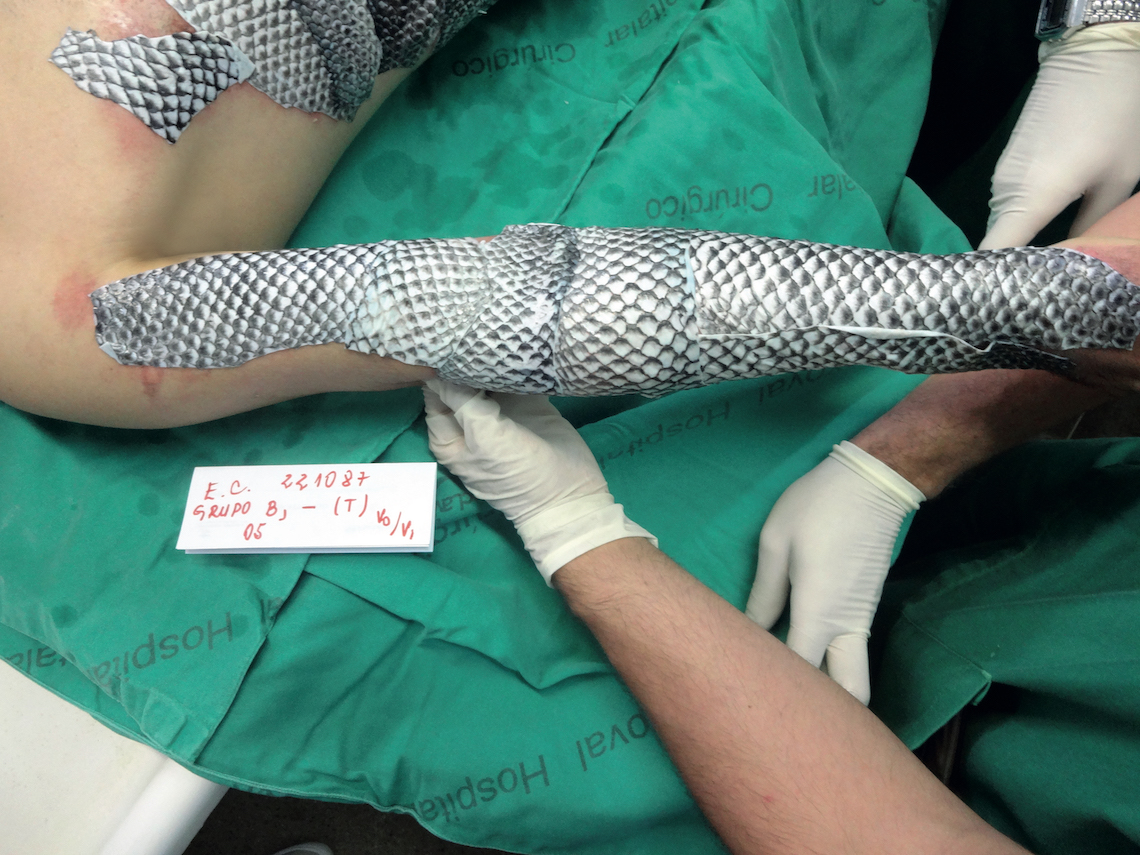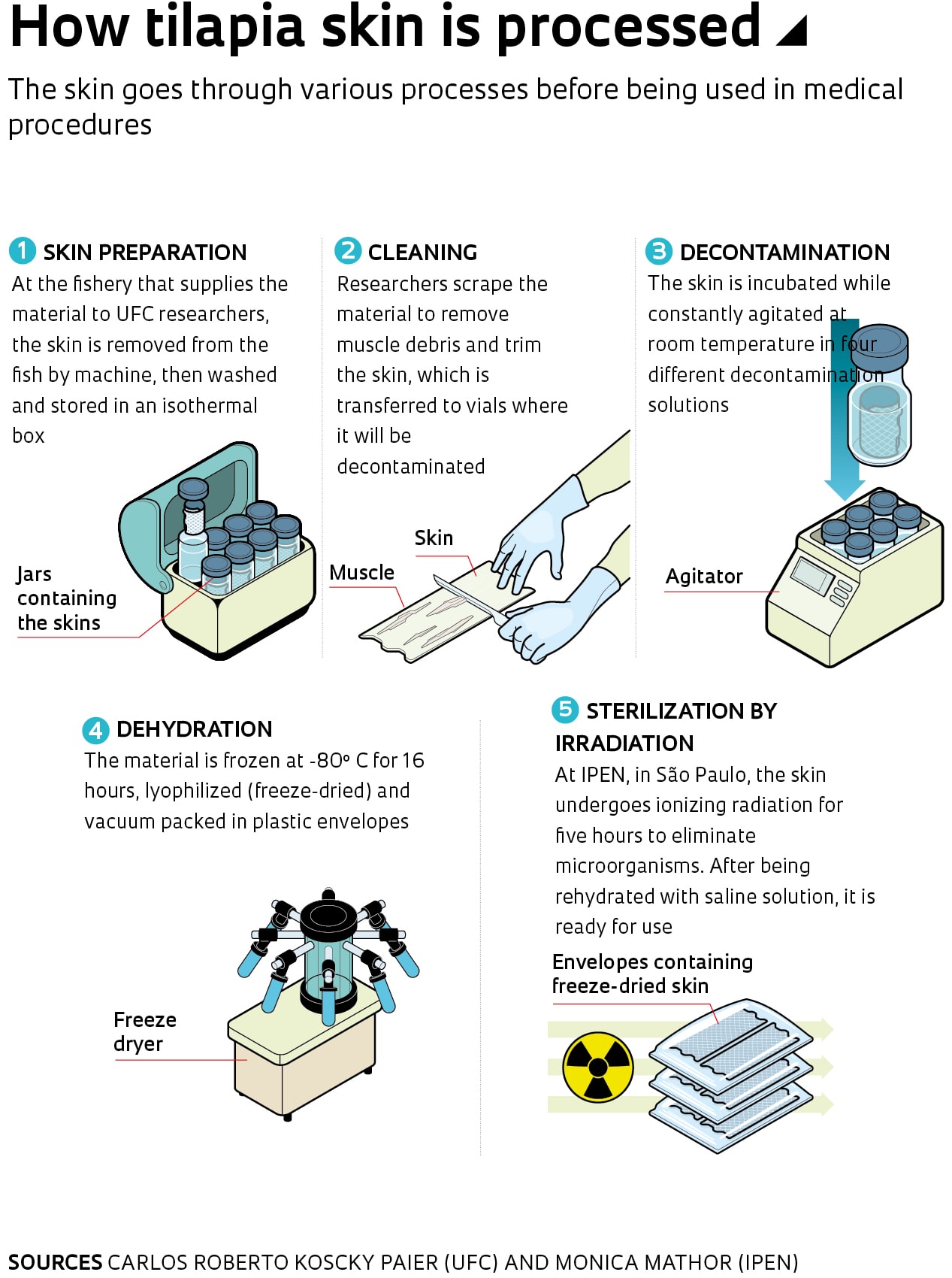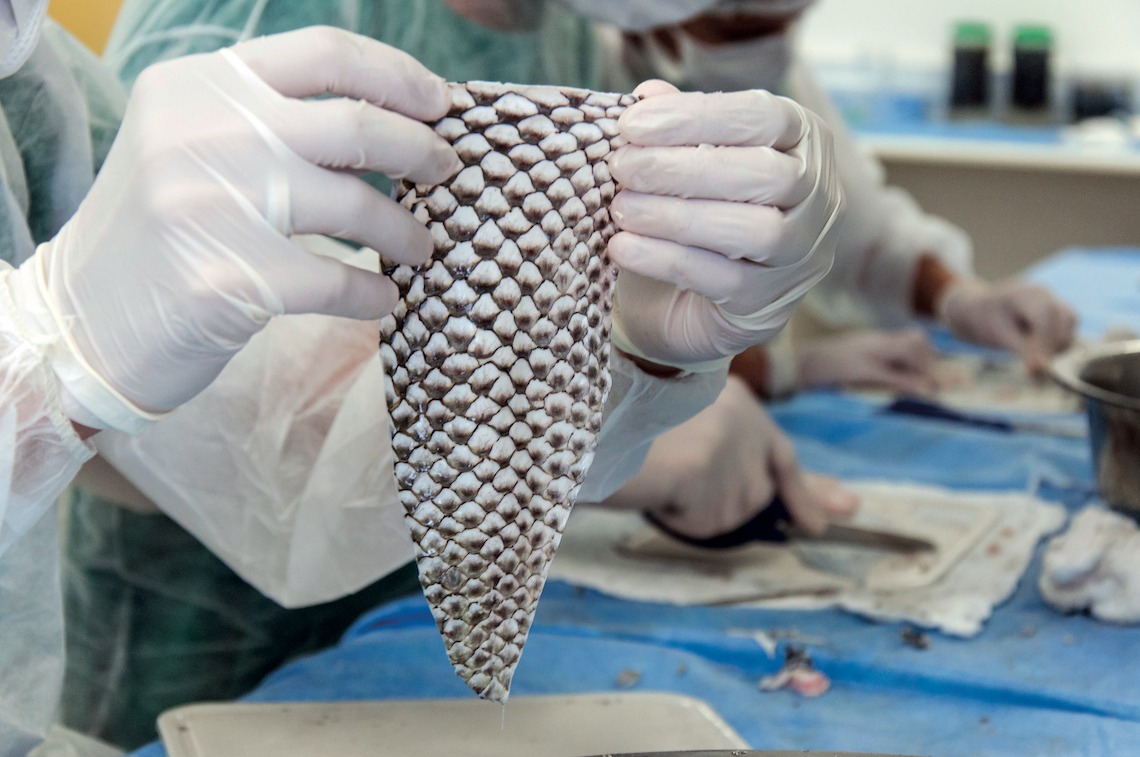Innovative Use of Tilapia Skin in Burn Treatment
Medical advancements often emerge from unexpected sources, highlighting the remarkable potential of natural remedies. A profound example of this is the use of tilapia skin in the treatment of burns. This innovative method has demonstrated efficacy, affordability, and significant benefits that could transform patient care worldwide.
Background on Burn Treatment

Traditionally, burn management has relied on skin grafts, expensive topical treatments, and various synthetic materials. These treatments, while effective, can come with high costs and complications, especially in resource-limited healthcare settings. Researchers in Brazil aimed to find a more economical and efficient solution for treating burn injuries, leading them to explore the properties of fish skin, specifically from tilapia.
The Discovery of Tilapia Skin Properties
Tilapia, a fish prevalent in Latin American diets, is often discarded by the fishing industry, with its skin considered waste. However, preliminary studies revealed that tilapia skin possesses a high concentration of collagen types I and III, essential proteins involved in human tissue regeneration. These collagens provide structural support and flexibility, making tilapia skin an excellent candidate for burn treatment.
How Tilapia Skin Works for Burn Healing

When applied to burn wounds, tilapia skin acts as a natural barrier, often referred to as a “second skin.” This biological dressing protects the damaged area, maintains moisture levels to enhance healing, alleviates pain, and reduces the risk of infection. Many patients treated with this method report immediate relief, and clinical observations indicate a faster healing time compared to conventional treatments. The skin’s unique composition allows it to adhere well without frequent changes, simplifying the care process.
Sterilization and Preservation Process
Prior to application, tilapia skin undergoes a strict sterilization protocol. It is meticulously cleaned and disinfected, then treated with glycerol to preserve its integrity until needed. In clinical settings, physicians apply this prepared skin directly onto burn areas, leaving it in place for several days, enhancing patient comfort and reducing the frequency of dressing changes.
Challenges and Solutions in Implementation

Despite the promising results, transitioning to this innovative treatment has faced challenges. Education and training for healthcare providers are vital to ensure safe and effective application. Additionally, the process necessitates that healthcare systems develop protocols for sourcing, sterilizing, and handling tilapia skin in compliance with medical regulations.
Clinical Outcomes and Patient Experiences
The positive clinical results of using tilapia skin extend beyond rapid healing. Patients treated with this natural alternative often experience reduced scarring and complications relative to conventional methods, significantly improving their quality of life. For many, the psychological benefit of receiving an effective, natural treatment instills hope and enhances their emotional recovery, often described as a renewed sense of vitality.
Future Applications of Tilapia Skin
Researchers are not resting on their laurels; they are investigating the broader applications of tilapia skin in medicine. Preliminary studies suggest its potential use in treating diabetic ulcers and surgical wounds, indicating a versatility that could enhance healing across various medical fields. These innovative approaches may lead to new protocols and guidelines in regenerative medicine.
Safety and Ethical Considerations
Safety is paramount in any medical treatment. Extensive clinical trials have been conducted to determine the biocompatibility of tilapia skin. Findings suggest that the human body readily accepts this natural material without adverse reactions. Furthermore, the ease with which the skin can be removed after healing minimizes discomfort and promotes patient satisfaction.
Global Interest and Adoption
The interest in replicating the successful use of tilapia skin in burn treatment is gaining ground. Health institutions across continents, including regions in Latin America, Africa, and Asia, are exploring its applications within their healthcare systems. This inspiring development underscores how local ingenuity can provide global solutions to pressing medical challenges.
A Symbol of Sustainable Medical Practices
The transformation of a discarded material into a life-saving medical resource illustrates a broader narrative in healthcare. This approach encourages a shift toward more sustainable and humane medical practices. It serves as a reminder that innovation can stem from simplicity, revealing the potential within nature itself.
Conclusion: A New Era in Regenerative Medicine
In summary, the groundbreaking use of tilapia skin in burn treatment represents not only a medical advancement but also a profound paradigm shift in how we approach healing. By blending the wisdom of nature with the expertise of modern science, this technique stands as a testament to what is possible when we look beyond traditional solutions. The journey ahead is promising, with tilapia skin paving the way for advancements in regenerative medicine and holistic healing.
Sources
World Health Organization (WHO), Mayo Clinic, Centers for Disease Control and Prevention (CDC), NHS, WebMD
